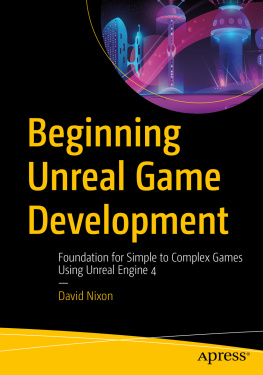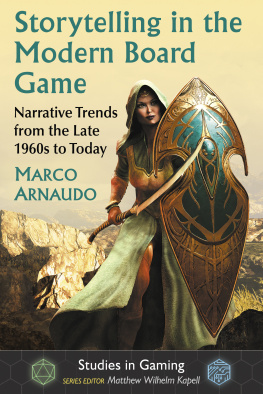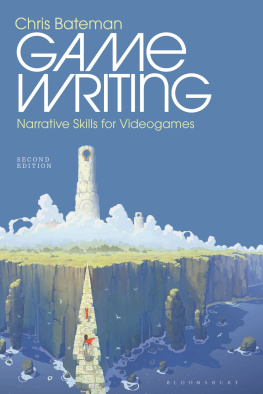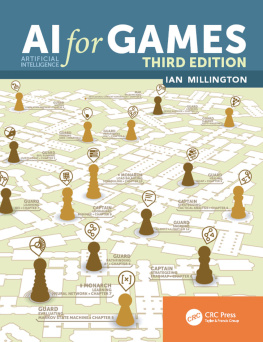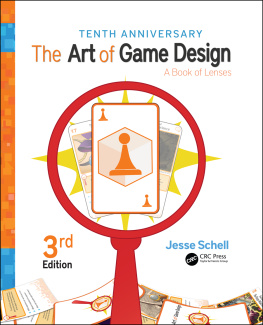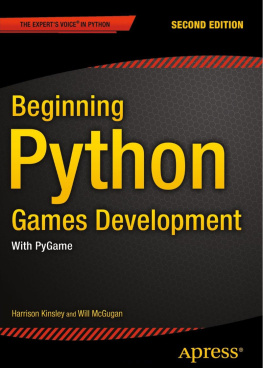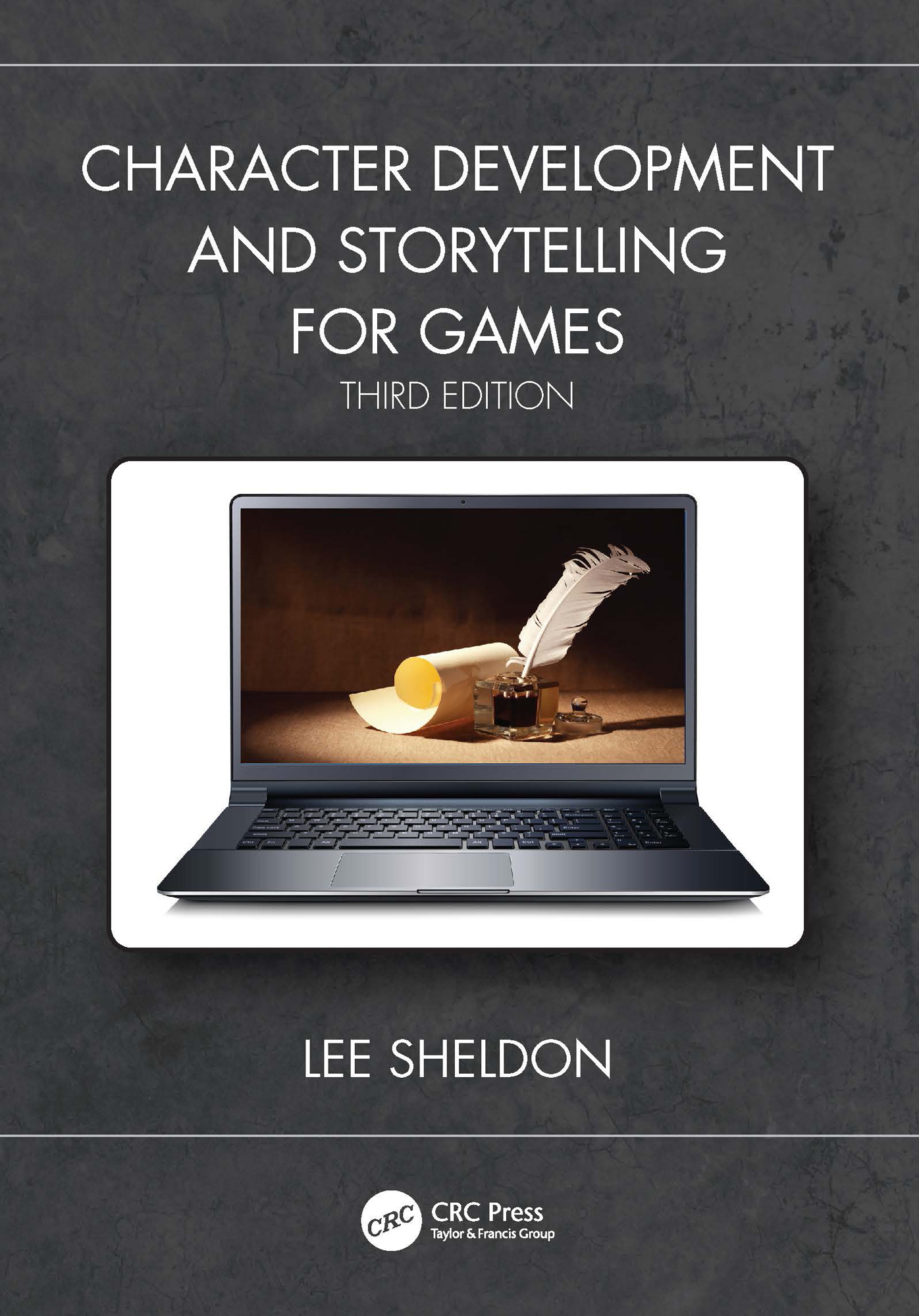
Character Development and Storytelling for Games
This is the third edition of Character Development and Storytelling for Games, a standard work in the field that brings all of the teaching from the first two books up to date and tackles the new challenges of today. Professional game writer and designer Lee Sheldon combines his experience and expertise in this updated edition. New examples, new game types, and new challenges throughout the text highlight the fundamentals of character writing and storytelling.
But this book is not just a box of techniques for writers of video games. It is an exploration of the roots of character development and storytelling that readers can trace from Homer to Chaucer to Cervantes to Dickens and even Mozart. Many contemporary writers also contribute insights from books, plays, television, films, and, yes, games.
Sheldon and his contributors emphasize the importance of creative instinct and listening to the inner voice that guides successful game writers and designers. Join him on his quest to instruct, inform, and maybe even inspire your next great game.
Character Development and Storytelling for Games
Third Edition
Lee Sheldon

Third Edition published 2023
by CRC Press
6000 Broken Sound Parkway NW, Suite 300, Boca Raton, FL 33487-2742
and by CRC Press
4 Park Square, Milton Park, Abingdon, Oxon, OX14 4RN
CRC Press is an imprint of Taylor & Francis Group, LLC
2023 Taylor & Francis Group, LLC
First edition published by Cengage Learning 2004
Second Edition published by Cengage Learning 2014
Reasonable efforts have been made to publish reliable data and information, but the author and publisher cannot assume responsibility for the validity of all materials or the consequences of their use. The authors and publishers have attempted to trace the copyright holders of all material reproduced in this publication and apologize to copyright holders if permission to publish in this form has not been obtained. If any copyright material has not been acknowledged please write and let us know so we may rectify in any future reprint.
Except as permitted under U.S. Copyright Law, no part of this book may be reprinted, reproduced, transmitted, or utilized in any form by any electronic, mechanical, or other means, now known or hereafter invented, including photocopying, microfilming, and recording, or in any information storage or retrieval system, without written permission from the publishers.
For permission to photocopy or use material electronically from this work, access .
Trademark notice: Product or corporate names may be trademarks or registered trademarks and are used only for identification and explanation without intent to infringe.
Library of Congress Cataloging-in-Publication Data
Names: Sheldon, Lee, author.
Title: Character development and storytelling for games / Lee Sheldon.
Description: Third edition. | Boca Raton : CRC Press, 2023. | Includes bibliographical references and index.
Identifiers: LCCN 2022023874 (print) | LCCN 2022023875 (ebook) | ISBN 9780367248994 (hardback) |
ISBN 9780367248987 (paperback) | ISBN 9780429284991 (ebook)
Subjects: LCSH: Video game characters. | Video gamesAuthorship. | Video gamesDesign.
Classification: LCC GV1469.34.A97 S54 2023 (print) | LCC GV1469.34.A97 (ebook) |
DDC 794.8/3dc23/eng/20220713
LC record available at https://lccn.loc.gov/2022023874
LC ebook record available at https://lccn.loc.gov/2022023875
ISBN: 978-0-367-24899-4 (hbk)
ISBN: 978-0-367-24898-7 (pbk)
ISBN: 978-0-429-28499-1 (ebk)
DOI: 10.1201/9780429284991
Typeset in Minion
by codeMantra
First of all, I dedicate this book to all of my students who patiently taught me how to teach. Also, I dedicate it to all the game writers and designers around the world and to those that teach the craft. It has been a pleasure and a privilege to be one of you.
Contents
Preface to the Third Edition
A Third Edition? Why a Third Edition???
What, you may wonder, was wrong with the first one, that I had to write two more? The answer is: things change. The video game industry has experienced multiple dramatic reinventions in the roller coaster ride that has marked its progress since birth.
In the early days of video games, the first personal computers like the Apple II and the IBM PC ruled. They were joined, and in a few short years eclipsed, by the first dedicated game platforms like the Atari 2600 and The Mattel Intellivision. When the bottom dropped out of the console market in 1983 and a whole bunch of copies of E.T.: The Extraterrestrial ended up in a landfill, personal computers enjoyed a resurgence.
Only 3years later, the Nintendo Entertainment System was released. The first edition of this book was published in 2004, 2years before the Wii, the future of game consoles, arrived. An MMO called World of Warcraft had just debuted. On June 29, 2007, Apple added a phone to its iPod music player. The resulting devices name, not entirely a surprise, was the iPhone, but who knew it could have soon earned the name iGame? The first prototype of the Oculus Rift was 5years in the future.
The second edition of this book was published in 2014. The Wii was already just a memory, and the Xbox Kinect was about to follow it into obscurity. We just didnt know that when I was the writer on the Harmonix team developing the first iteration of Fantasia: Music Evolved for the Kinect. Pokmon Go, augmented realitys flag-carrying app, was still 2years away. The Oculus Rift, after much fanfare, excitement, and dollars, was discontinued in 2021. Now, in 2022, imagine all the games, and the devices on which we play them, that have appeared in the past 8years. How many have survived and how many have crashed and burned? VR continues to struggle to find a mass audience. But once everybody lives in the metaverse maybe it will finally find one.
Games today are played on multiple platforms. Windows and Apple personal computers are still in the thick of things. The Microsoft Xbox Series X and the Xbox Series S arrived together in 2020. Players can choose which one better fits their graphical needs. An upgrade of the Nintendo Switch was released in 2021. And Sony Play Station 5 was launched in 2022. There are now almost half a million games for cell phones. And games that tell stories remain incredibly popular because, well, because stories remain incredibly popular. Even Fortnite offers event-driven storytelling.
A new edition of Character Development and Storytelling for Games is long overdue. But I warn you. In addition to all the new material, you will find in this book examples from video games, other media and eras in the distant past, a past before some of my readers were even born. Why? The new challenges writing for games present today to the stories told in the first two editions dont erase the lessons that have gone before. They make this book a living history and a reminder that as much as has changed there are still lessons to be learned whenever they first appeared.
So, if I found a good example in a game from the previous century like an Infocom text adventure or an MMO like Everquest, you will find them here. They often provided the inspiration for ideas in common use today. You will also find examples from passive media, mostly screenwriting, but playwriting, prose and poetry as well. Contributors range from ancient Greece to Hollywood to current writers and designers of games who have graciously agreed to share their knowledge with you.
Next page

